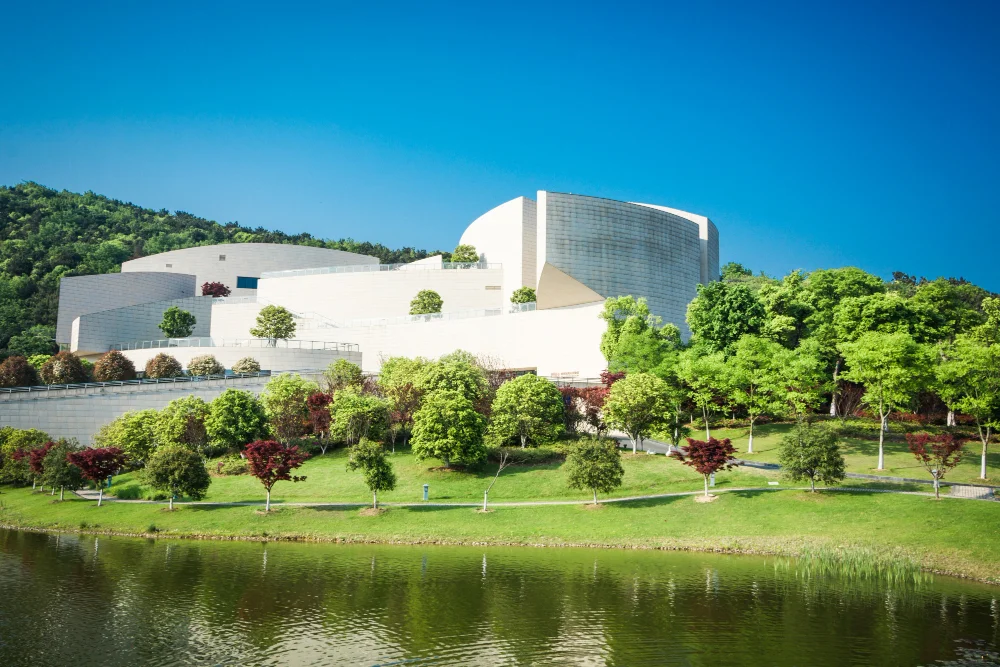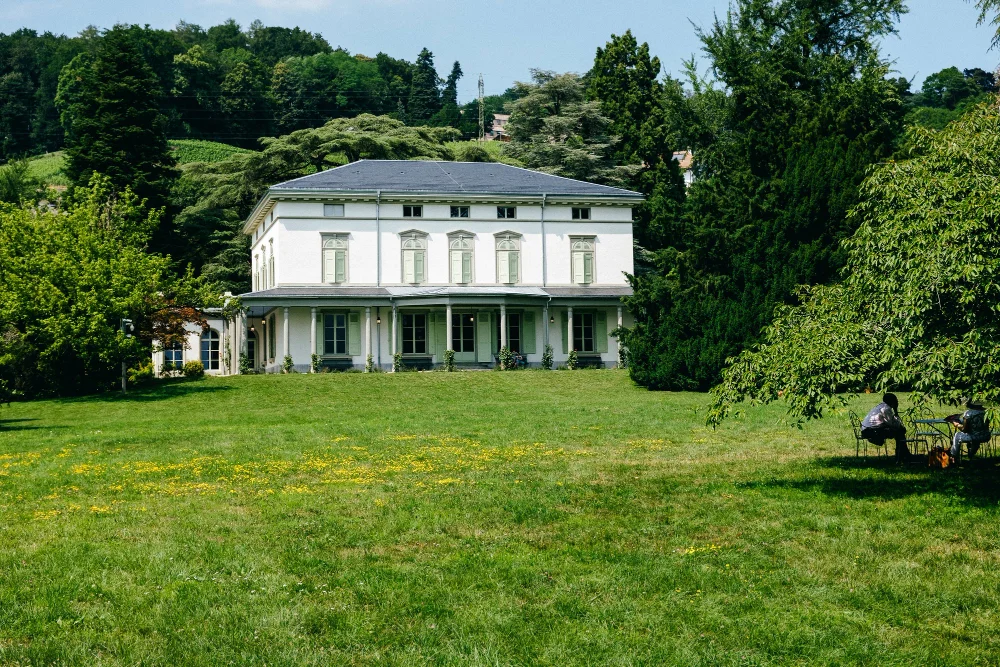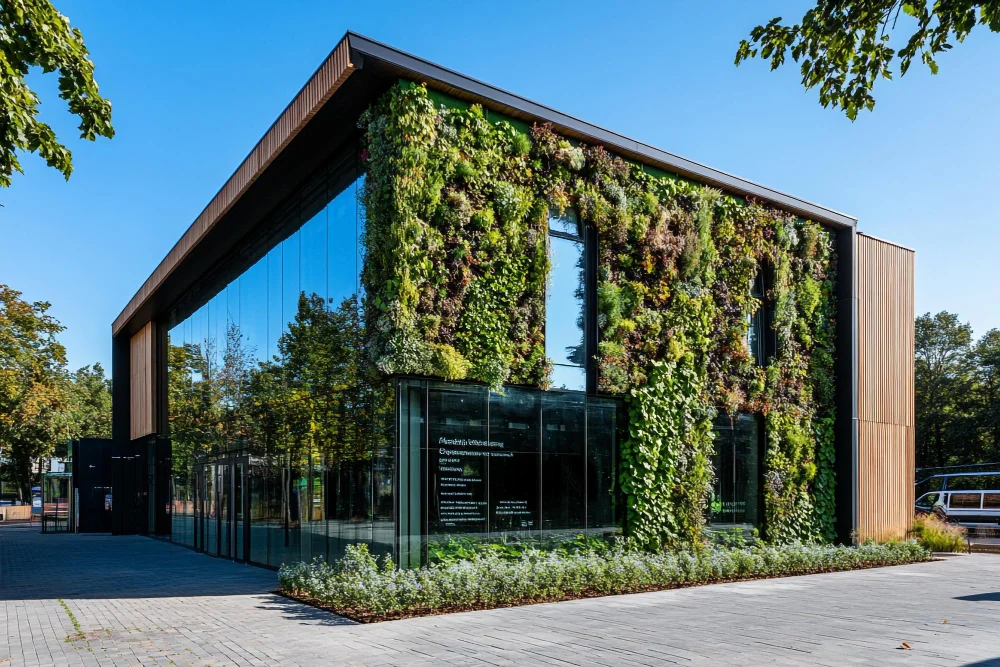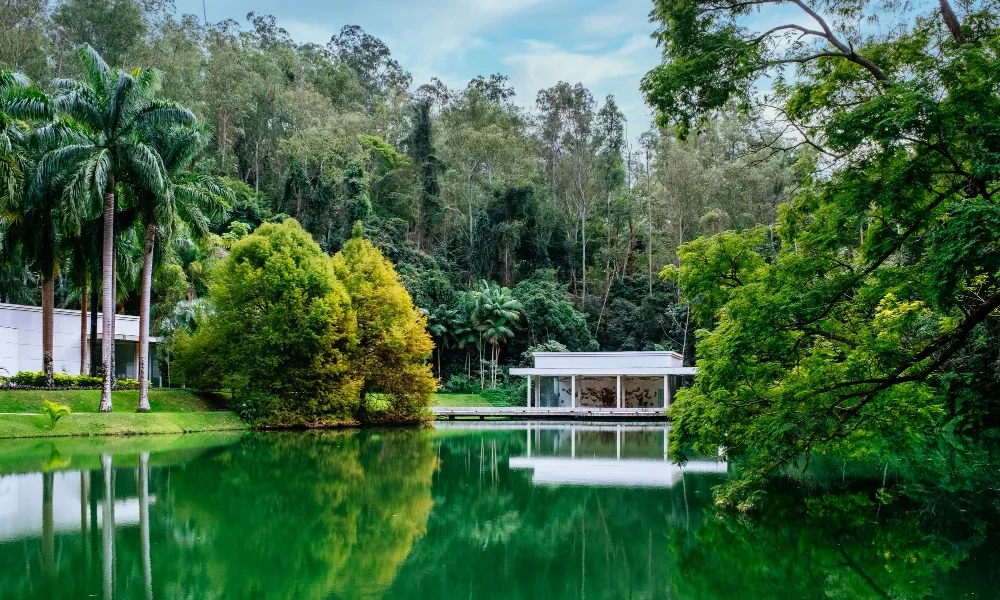Design Luxury Homes Green: Sustainable and Stylish Living
Design luxury homes green is becoming more than just a trend; it is a necessity in today’s world. People want homes that reflect elegance and comfort, but also care for the environment. Green design blends sustainability with luxury, creating spaces that are beautiful, energy-efficient, and healthy to live in.
Incorporating eco-friendly materials and smart technology helps reduce a home’s carbon footprint while enhancing its value. With growing awareness, more architects and homeowners choose to design green luxury homes. This choice benefits both the planet and the people who live there.
Designing green luxury homes requires balancing style with function. Every element must contribute to sustainability without compromising the lavish feel. This article explores the best approaches, materials, and technologies to create luxury homes that are truly green.
Benefits of Design Luxury Homes Green
Designing luxury homes green not only protects the environment but also benefits the homeowners. These types of homes have lower energy consumption, which significantly reduces electricity bills. Additionally, they use sustainable technologies and materials that make long-term maintenance easier. This also increases the resale value of the property, as nowadays people prefer environmentally conscious homes.
Moreover, living in green luxury homes promotes a healthier lifestyle. These houses are built with better ventilation, natural lighting, and non-toxic materials, which improve indoor air quality. Such homes reduce stress and enhance the overall well-being of the occupants. This sustainable approach perfectly balances luxury with a healthy and eco-friendly lifestyle.
The Importance of Designing Luxury Homes Green

Design luxury homes green focus on creating upscale living spaces that minimize environmental impact. Sustainable building reduces energy use, waste, and harmful emissions. This approach improves air quality and promotes wellness.
Luxury homeowners increasingly demand eco-conscious features like solar panels, rainwater harvesting, and natural ventilation. Green design also future-proofs properties against rising energy costs and stricter building codes.
By choosing green design, homeowners enjoy:
- Lower utility bills
- Increased property value
- Healthier indoor environments
- Reduced carbon footprint
Designing luxury homes green is about more than aesthetics; it’s about responsible living.
Key Principles to Design Luxury Homes Green
To design luxury homes green effectively, several core principles must be followed. First, energy efficiency is crucial. This means optimizing insulation, windows, and lighting to reduce energy waste. Second, use renewable energy sources like solar or geothermal systems to power the home sustainably.
Water conservation is another essential principle. Incorporating low-flow fixtures and rainwater reuse systems lowers water consumption without sacrificing comfort. Using locally sourced and recycled materials also cuts down environmental impact during construction.
Smart home technology plays a big role in green luxury design. Automated controls help monitor and optimize energy and water use.
Materials That Help Design Luxury Homes Green

Choosing the right materials is essential when you design green luxury homes. Sustainable materials should be durable, non-toxic, and responsibly sourced to minimize environmental impact while maintaining the elegance and quality expected in luxury homes. Incorporating eco-friendly options not only supports the planet but also enhances indoor air quality and energy efficiency.
Bamboo Flooring
Bamboo is a fast-growing, highly renewable material that makes an excellent alternative to traditional hardwood flooring. It grows much quicker than most trees, which means it can be harvested sustainably without deforestation. Bamboo flooring is strong, durable, and offers a sleek, modern look that fits well with luxury interior designs.
Recycled Steel and Glass
Using recycled steel and glass reduces the demand for mining and raw material extraction, which significantly lowers the environmental footprint of construction. These materials are also incredibly durable and versatile, allowing architects to create innovative designs without sacrificing sustainability. Recycled steel provides strong structural support, while recycled glass can be used for windows, tiles, and decorative elements.
Low-VOC Paints and Finishes
Low-VOC (volatile organic compounds) paints and finishes are crucial for improving indoor air quality. Traditional paints release harmful chemicals that can cause health issues over time. Low-VOC options emit fewer toxins, making the indoor environment healthier for residents, which is especially important in luxury homes focused on wellbeing.
Reclaimed Wood
Reclaimed wood is sourced from old buildings, barns, or furniture and repurposed for new construction or finishes. This reduces the need for cutting down new trees and gives the wood a unique, rustic character that adds warmth and charm to luxury homes. Using reclaimed wood helps preserve forests while creating stylish and eco-friendly interiors.
Insulating Concrete Forms
Insulating concrete forms (ICFs) are building blocks made from insulated foam that are stacked and filled with concrete to form walls. ICFs provide excellent thermal insulation, reducing heating and cooling needs. This energy efficiency contributes to a greener home while ensuring strong, durable walls that meet luxury standards.
These materials not only reduce environmental harm but also add unique textures and styles to luxury homes. Designers must carefully select materials that meet both sustainability and aesthetic goals.
Sustainable Design Strategies for Luxury Homes
To make luxury homes green, it is essential to adopt certain sustainable design strategies. First, passive solar design should be considered, where the house’s orientation and window placement allow for maximum natural light and heat. This reduces energy consumption and makes the home more comfortable. Second, using high-performance insulation and energy-efficient windows helps maintain temperature control effectively.
Additionally, water conservation techniques like greywater recycling and rainwater harvesting systems should be incorporated. Using native plants in landscaping is also sustainable since they require less water and maintenance. Installing smart home automation systems is another important strategy that optimizes energy and water usage without compromising comfort.
Incorporating Nature into Designing Luxury Homes Green

Incorporating nature into luxury home design is a clever and effective way to make these homes green. Features like large windows, skylights, and open floor plans allow abundant natural light and fresh air to flow through the space. Indoor gardens and living green walls not only enhance the aesthetic appeal but also improve indoor air quality, creating a peaceful and calming environment for the residents.
Landscaping with native plants is another key strategy that reduces water consumption and supports the local ecosystem. Designing outdoor living areas that connect seamlessly with the natural surroundings enhances comfort and promotes wellbeing. By integrating these natural elements, designers create homes that harmonize with their environment, offering luxury homeowners a sustainable and balanced lifestyle.
Smart Technologies to Design Luxury Homes Green
Smart technologies are transforming the way we design luxury homes green by optimizing energy use, enhancing comfort, and improving security. These advanced systems give homeowners greater control over their resource consumption, helping to reduce waste and lower utility costs. By integrating smart home features, luxury homes become more efficient and environmentally friendly without sacrificing convenience or style. This makes smart tech a vital component of modern green luxury home design.
Some common smart features include:
- Automated lighting and climate control
- Solar panel monitoring systems
- Smart irrigation for landscaping
- Energy-efficient appliances with IoT connectivity
These tools allow homeowners to track and reduce their resource consumption effortlessly. Smart tech integration is essential in modern green luxury homes.
Cost Considerations When You Design Luxury Homes Green
Designing green luxury homes can involve higher upfront costs because of the specialized materials and advanced technologies required. Sustainable building materials, energy-efficient systems, and smart technologies often come at a premium compared to conventional options. This initial investment may seem significant, but it is an important step toward creating a home that is both luxurious and eco-friendly.
Despite the higher initial expenses, these investments pay off through substantial long-term savings. Energy bills are greatly reduced thanks to efficient insulation, solar power, and smart energy management systems. Maintenance costs also tend to be lower since durable, sustainable materials often require less frequent repairs and replacements.
Moreover, green-certified luxury homes usually have higher resale values because of their growing demand among environmentally conscious buyers. Many governments provide tax credits, rebates, or incentives to encourage green construction, which can help offset some of the initial costs. Successfully balancing upfront expenses with future benefits is essential for anyone looking to design green luxury homes.
Common Challenges to Designing Luxury Homes Green
Despite the many benefits, designing luxury homes green presents several challenges. One major difficulty is sourcing sustainable materials that also meet the high standards of luxury design. Local availability of eco-friendly products can be limited, and finding skilled labor familiar with green building techniques may be challenging. These factors can complicate the construction process and require careful planning.
Integrating smart technologies into green luxury homes also demands expertise to ensure seamless functionality. Additionally, achieving the perfect balance between luxurious aesthetics and sustainability often calls for innovative and creative design solutions. However, with proper education and close collaboration among architects, builders, and homeowners, these challenges can be effectively managed to create beautiful, environmentally responsible luxury homes.
Conclusion
Designing luxury homes green is a powerful way to combine elegance with environmental responsibility. By integrating sustainable materials, energy-efficient systems, and smart technologies, homeowners can create luxurious spaces that are both beautiful and eco-friendly. This approach not only reduces the carbon footprint but also enhances the comfort and health of those who live inside.
While designing green luxury homes may involve some challenges and higher initial costs, the long-term benefits far outweigh these concerns. Reduced energy bills, lower maintenance, increased property value, and government incentives all contribute to making green luxury homes a smart investment. Moreover, embracing sustainability helps protect natural resources and promotes a healthier planet for future generations.
Ultimately, the future of luxury home design lies in green principles that respect both nature and lifestyle. As awareness grows, more homeowners and designers will choose to innovate and build homes that harmonize luxury with sustainability. This balance creates living spaces that offer unmatched comfort, style, and environmental care, truly the best of both worlds.


